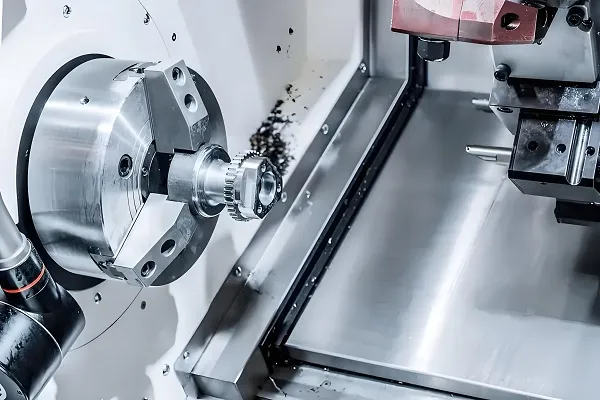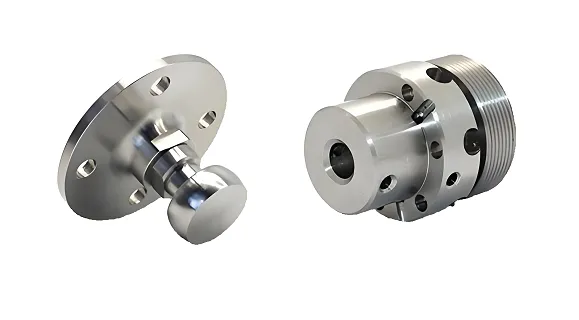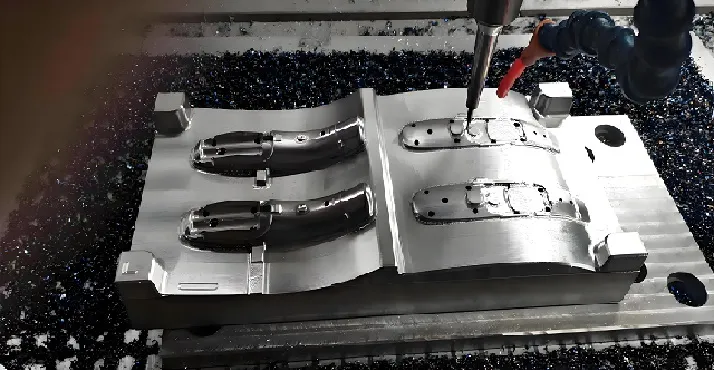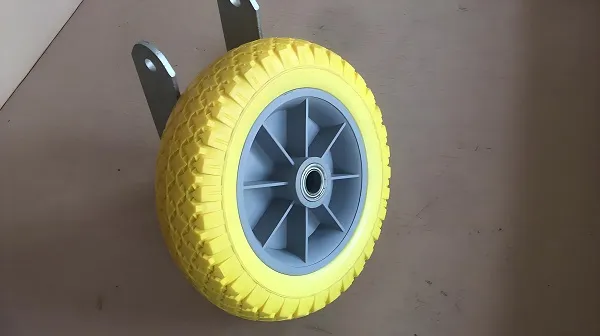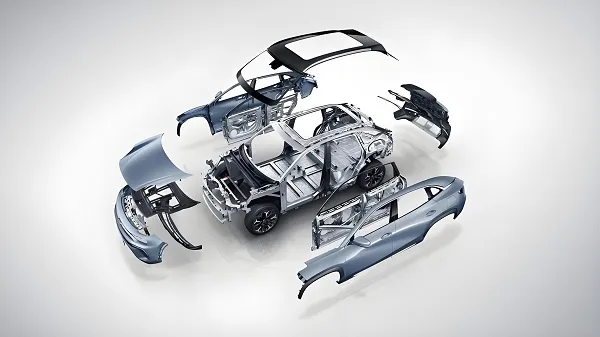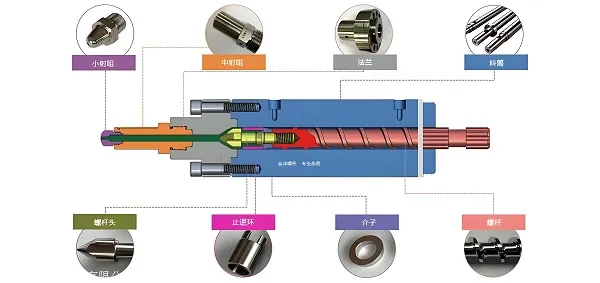CNC (Computer Numerical Control) machining, as one of the core technologies of modern manufacturing industry, is widely used in many fields such as automotive, aviation, electronics, molds, etc. with its high precision, high efficiency and high flexibility. This report will focus on the key elements of CNC machining, combined with industry data and examples, for systematic analysis.
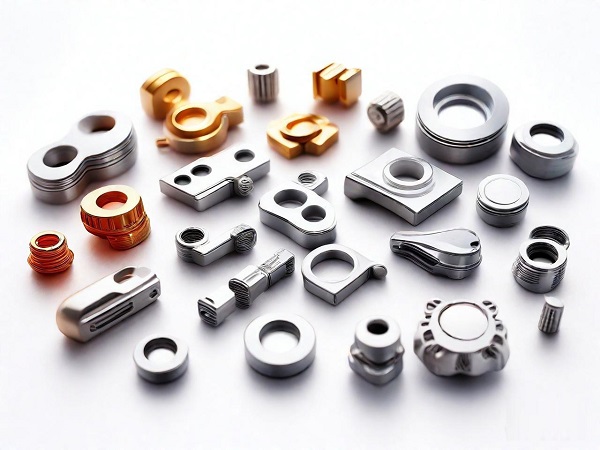
1. Overview of CNC machining elements
CNC machining elements mainly include drawing design, material selection, equipment selection, process planning, machining parameter setting, tool path planning, fixing and clamping, inspection and quality control, communication and coordination. These elements are interrelated and together constitute the core process of CNC machining.
2. Key elements in detail
2.1 Drawing design
Importance: Drawings are the basis of CNC machining, providing part geometry, shape information, machining process, quality requirements and design intent.
Key elements: drawings should contain dimensions and geometric requirements (such as linear dimensions, angles, straightness, etc.), material specifications, tolerance requirements, surface requirements, assembly requirements, quantities, graphic representations and so on.
Data support: Qualified drawing design can ensure that the machining accuracy reaches ± 0.01mm, which significantly improves the machining quality and efficiency.
2.2 Material selection
Importance: the choice of material directly affects the performance of the parts, quality, cost, processing difficulty, etc..
Selection basis: need to consider the mechanical properties of the material, corrosion resistance, stability, processing performance.
Data support: different materials (such as aluminum alloy, stainless steel, titanium alloy) processing difficulty and cost differences are significant, the choice of suitable materials can reduce processing costs of about 10% -20%.
2.3 Equipment selection
Importance: equipment selection directly affects the processing accuracy, efficiency and cost.
Selection basis: according to the processing requirements of the parts (such as precision, size, shape) to choose the appropriate CNC machine tools and cutting tools.
Data support: high-precision machine tools (such as five-axis linkage machine tools) processing accuracy of up to 0.001mm, significantly improving machining accuracy and productivity.
2.4 Process Planning
Importance: process planning covers cutting parameters, machining sequence, clamping program, etc., is to ensure that the machining process is efficient, accurate and stable basis.
Planning content: need to comprehensively consider the cutting speed, feed rate, depth of cut and other parameters, as well as a reasonable clamping program.
Data support: reasonable process planning can reduce the defective rate of about 20%, improve productivity by about 30%.
2.5 Processing parameter settings
Importance: machining parameter setting directly affects machining quality, efficiency and tool life.
Setting basis: according to the type of material, geometry and processing requirements to adjust the cutting speed, feed rate and other parameters.
Data support: appropriate machining parameter settings can improve productivity by about 25%, reduce processing costs by about 15%.
2.6 Tool path planning
Importance: tool path planning directly affects machining efficiency, quality and tool life.
Planning content: need to plan the cutting trajectory, optimize the path to reduce unnecessary movement and repeated processing.
Data support: reasonable tool path planning can reduce machining time by about 30%, improve the surface quality of parts.
2.7 Fixing and clamping
Importance: Fixing and clamping is the key to ensure the stability of parts in the machining process.
Selection basis: the need to choose the appropriate fixture and clamping method to prevent parts movement, vibration and deformation.
Data support: the correct fixing and clamping program can improve machining accuracy of about 0.05mm, reduce the defective rate of about 15%.
2.8 Inspection and Quality Control
Importance: Inspection and quality control is the key link to ensure product quality is up to standard.
Inspection methods: Real-time monitoring of machining quality using measuring instruments, dimensional inspection and surface quality inspection.
Data support: Through regular inspection and testing, the rate of scrap and nonconforming products can be reduced by about 20%.
2.9 Communication and Coordination
Importance: Communication and coordination is an important guarantee to ensure the smooth running of the machining process.
Communication content: It involves the exchange of information and collaboration in many aspects such as design, processing and quality control.
Data support: clear communication and coordination can ensure that machining requirements, processes and quality standards remain consistent and improve production efficiency by about 10%.
CNC machining elements are the key to ensuring machining accuracy, efficiency and quality. Through rational drawing design, material selection, equipment selection, process planning, machining parameter setting, tool path planning, fixing and clamping, inspection and quality control, as well as communication and coordination, companies can achieve efficient, precise and stable customized machining to meet changing market demands. In the future, with the continuous progress of technology and the continuous development of the market, the CNC machining industry will continue to maintain a high growth trend, contributing to the development of the manufacturing industry an important force.

